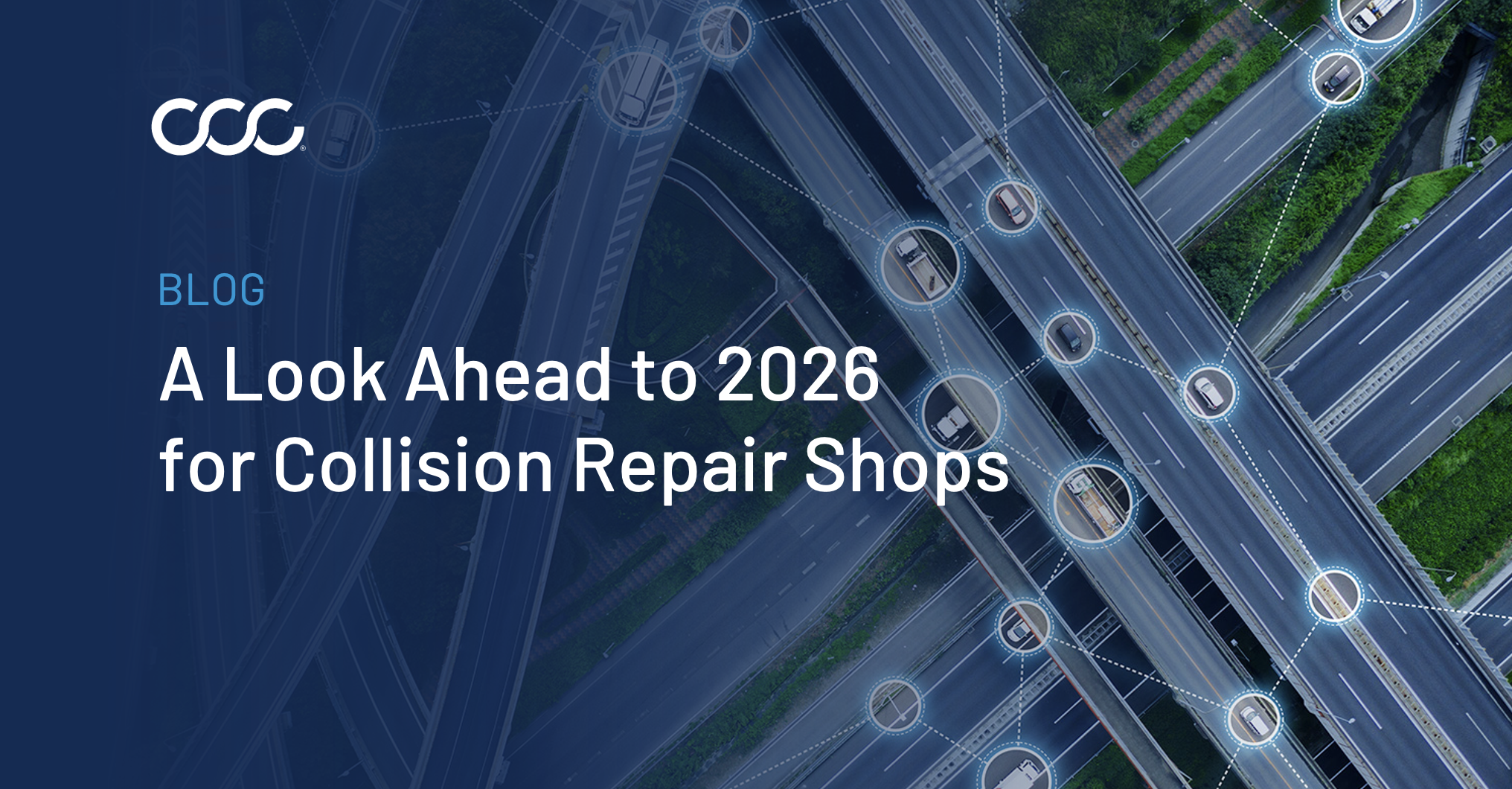In Q1 2022, battery-electric vehicle sales in the U.S. ramped up sharply, accounting for 4.6 percent of the new light-vehicle registrations, versus 2.6 percent for full year 2021 and 1.5 percent for full year 2020.[1] California continues to lead in terms of EV share of new vehicle registrations, with EV’s accounting for nearly 15 percent of all CA light vehicle sales in Q1 2022; roughly 39 percent of total EV sales countrywide (FIGURE 1).[2] AutoPacific forecasts U.S. EV sales of 670,000 in 2022, and EV sales are expected to reach 2.5 million units by the end of 2027 (FIGURE 2).[3] Since March of 2021, when AutoPacific began asking EV intenders why they would choose an EV, the top three reasons have consistently been “charging is cheaper than fueling,” (80%+) “an EV is better for the environment,” (73%) and “EVs are the way of the future.” (75%).[4]


Tesla continues to have largest share of EV new registrations, but others are slowly taking share. Tesla share of EV sales grew from 45.8 percent in 2017 to 77.9 percent in 2018 and 79.4 percent in 2020, before dropping to 69.95 percent in 2021 and 72 percent for Q1 2022. As more and more automakers introduce EV models across numerous body styles like SUV’s and pickups, Tesla is expected to face more competition.
Analysis of EV buyers by Experian reveals the buyer demographics skew to younger, white males with higher incomes (FIGURE 3).[5] With many of the EV models being introduced focused on higher-end, high performance vehicles, perhaps this shouldn’t be surprising. The torque and acceleration of EV’s is also different than for ICE vehicles - one of the key features highlighted by those driving the new Ford 150 Lightning for example is the ability for the truck from standing stop to reach 60 mph in 4 seconds.[6] The good news? EV’s often decelerate at distances in line with, or better than similarly sized gas vehicles (FIGURE 4).[7] EV’s typically are equipped with regenerative braking systems where the electric motors slow the machine while generating power, and with most using a skateboard battery design, have lower centers of gravity, and spread braking power more evenly among the four wheels.[8]


Many EV models weigh substantially more than their internal combustion engine (ICE) comparable models (FIGURE 5).[9] IIHS/HLDI data shows the added weight in EV and hybrid vehicles means passengers are less likely to be injured in a crash than people in otherwise similar gas-powered vehicles. But that extra weight can be bad news for people who get hit by electric vehicles, as the added impact force gets transferred to the other, lighter vehicle. A 1998 study of pedestrian fatalities conducted by researchers in Oxford, England found “the principal determinant of death is the weight of the vehicle concerned,” and that “injuries to all regions of the body increased with [the] age [of the pedestrian] and with the weight of the vehicle in the collision.”[10]

Other good news on EV’s? Many of the EV manufacturers have already met the voluntary commitment to equip their vehicles minimally with front automatic emergency braking (FIGURE 6). In many cases EV’s are the poster child for growing vehicle complexity – with many equipped not only with numerous driver assistance features, but also with connectivity and telematics features.

Despite a ramp up in EV sales, EV’s still account for a relatively low share of all registered vehicles, and subsequently a low share of auto claims data to date. For example, in 2021, battery-electric EV’s accounted for 0.6 percent of overall claim volume, and 0.86 percent by Q1 2022 (FIGURE 7).

A comparison of the age mix of EV claims by vehicle model year underscores how the vast majority of EV’s are newer model year vehicles (FIGURE 8), with the vast majority from one automaker (FIGURE 9). The majority of EV’s are also luxury vehicles – the average MSRP of all EV’s with a claim in 2021 was over $57K (FIGURE 10).



Given some of the vehicle mix differences, perhaps it’s not surprising that the average total cost of repairs for EV’s is higher than non-EV’s, or even luxury non-EV’s (FIGURE 11). To understand more of the differences between EV’s and comparable ICE vehicles, CCC completed analysis of two subsets of vehicles, comparing vehicle repair metrics like cost, OEM part utilization, repair versus replace, repair cycle time, and repairer productivity. The first subset of vehicles were small non-luxury models where the same model was available as an EV or ICE, or where an ICE vehicle with a similar body style was available for comparison to model produced only as EV. The second subset of vehicles did the same for mid-size luxury SUV’s. Claim data compared was for collision losses for driveable vehicles with a front impact and vehicle ages current to three years of age.

The key takeaway’s?
- EV’s had a higher average repair cost, and higher share of losses falling in higher repair cost dollar bands (FIGURES 12-13 and FIGURES 16-17).
- Higher OE parts utilization, more repairs requiring operations like scan and calibration likely helped drive EV repair costs higher.
- Repair times were longer for EV’s than for ICE models (FIGURES 14 & 18).
- Repairer productivity was lower for EV repairs than ICE vehicle repairs (FIGURES 15 & 19).
- EV repairs had a higher percentage returned to the shop for additional work after the customer picked up the vehicle; a factor that likely led to lower overall net promoter score for the EV models (FIGURES 15 & 19).








A comparison of some of the most commonly replaced parts for EV’s reveals many cost more than for ICE vehicles of the same model years (MY2019-MY2022), but often cost less than similar parts for luxury non-EV’s (FIGURE 20).

With many of the EV models equipped with ADAS technology, their repairs more often include operations like scan and calibration (FIGURE 21). The G-forces sustained during an accident can cause a ‘concussion’ inside high-voltage batteries. Repairers may need to conduct pre-repair and post-repair scans to monitor the battery cells and temperature to avoid potential for fire.

Fifty percent of EV claims where a battery replacement was necessary were deemed total loss; and of the remaining 50 percent that were repaired, 46 percent of those were vehicles with a primary impact of undercarriage, where the average cost of the battery itself was $15k.
In general repair of an EV is not considered to be more difficult than repair of ICE vehicles. There are however some key considerations for EV repairs:
- Most equipped with ADAS technologies;
- EV’s make greater utilization of vehicle light-weighting; aluminum, ultra-high-strength-steel and carbon fiber;
- No engine in front means crash energy managed differently;
- Safety requirements different;
- Time spent in paint booth may require battery pack removal; and
- Most parts bonded/riveted to vehicle structure which means most must be replaced.
Repairers must also make substantial investments in new equipment and training.
In summary, as more electric vehicles are sold in the U.S., the insurance and collision repair industries will see more within the claim and repair mix. Understanding some of the key differences will be increasingly important from an underwriting perspective for insurers as more customers acquire these vehicles. And repairers must decide when it makes sense to make the necessary investments to repair EV’s based on their individual markets and how quickly EV registrations are growing. As vehicle technology continues to evolve and become ever more complex, EV’s are essentially the poster child for the future demands for our industry.
The information and opinions in this publication are for general information only, are subject to change and are not intended to provide specific recommendations for any individual or entity. Although information contained herein has been obtained from sources believed to be reliable, CCC does not guarantee its accuracy and it may be incomplete or condensed. CCC is not liable for any typographical errors, incorrect data and/or any actions taken in reliance on the information and opinions contained in this publication. Note: Where CCC Information Services Inc. is cited as source, the data provided is an aggregation of industry data related to electronic appraisals communicated via CCC's electronic network or from total loss valuations processed by CCC.
[1] https://www.autonews.com/sales/us-ev-registrations-surge-60-q1-driven-tesla-ford-new-korean-models.
[3] https://www.autopacific.com/autopacific-insights/2022/2/24/autopacific-forecasts-around-700000-us-ev-sales-amidst-increasing-consumer-demand
[4] Ibid.
[5] Experian Q4 2021 Automotive Trends.
[6] https://www.nytimes.com/2022/04/18/business/economy/jim-farley-ford-lightning.html
[7] https://www.bloomberg.com/news/articles/2022-04-07/electric-cars-complicate-climate-goals-with-road-safety
[8] Ibid.
[9] Ibid.
In Q1 2022, battery-electric vehicle sales in the U.S. ramped up sharply, accounting for 4.6 percent of the new light-vehicle registrations, versus 2.6 percent for full year 2021 and 1.5 percent for full year 2020.[1] California continues to lead in terms of EV share of new vehicle registrations, with EV’s accounting for nearly 15 percent of all CA light vehicle sales in Q1 2022; roughly 39 percent of total EV sales countrywide (FIGURE 1).[2] AutoPacific forecasts U.S. EV sales of 670,000 in 2022, and EV sales are expected to reach 2.5 million units by the end of 2027 (FIGURE 2).[3] Since March of 2021, when AutoPacific began asking EV intenders why they would choose an EV, the top three reasons have consistently been “charging is cheaper than fueling,” (80%+) “an EV is better for the environment,” (73%) and “EVs are the way of the future.” (75%).[4]


Tesla continues to have largest share of EV new registrations, but others are slowly taking share. Tesla share of EV sales grew from 45.8 percent in 2017 to 77.9 percent in 2018 and 79.4 percent in 2020, before dropping to 69.95 percent in 2021 and 72 percent for Q1 2022. As more and more automakers introduce EV models across numerous body styles like SUV’s and pickups, Tesla is expected to face more competition.
Analysis of EV buyers by Experian reveals the buyer demographics skew to younger, white males with higher incomes (FIGURE 3).[5] With many of the EV models being introduced focused on higher-end, high performance vehicles, perhaps this shouldn’t be surprising. The torque and acceleration of EV’s is also different than for ICE vehicles - one of the key features highlighted by those driving the new Ford 150 Lightning for example is the ability for the truck from standing stop to reach 60 mph in 4 seconds.[6] The good news? EV’s often decelerate at distances in line with, or better than similarly sized gas vehicles (FIGURE 4).[7] EV’s typically are equipped with regenerative braking systems where the electric motors slow the machine while generating power, and with most using a skateboard battery design, have lower centers of gravity, and spread braking power more evenly among the four wheels.[8]


Many EV models weigh substantially more than their internal combustion engine (ICE) comparable models (FIGURE 5).[9] IIHS/HLDI data shows the added weight in EV and hybrid vehicles means passengers are less likely to be injured in a crash than people in otherwise similar gas-powered vehicles. But that extra weight can be bad news for people who get hit by electric vehicles, as the added impact force gets transferred to the other, lighter vehicle. A 1998 study of pedestrian fatalities conducted by researchers in Oxford, England found “the principal determinant of death is the weight of the vehicle concerned,” and that “injuries to all regions of the body increased with [the] age [of the pedestrian] and with the weight of the vehicle in the collision.”[10]

Other good news on EV’s? Many of the EV manufacturers have already met the voluntary commitment to equip their vehicles minimally with front automatic emergency braking (FIGURE 6). In many cases EV’s are the poster child for growing vehicle complexity – with many equipped not only with numerous driver assistance features, but also with connectivity and telematics features.

Despite a ramp up in EV sales, EV’s still account for a relatively low share of all registered vehicles, and subsequently a low share of auto claims data to date. For example, in 2021, battery-electric EV’s accounted for 0.6 percent of overall claim volume, and 0.86 percent by Q1 2022 (FIGURE 7).

A comparison of the age mix of EV claims by vehicle model year underscores how the vast majority of EV’s are newer model year vehicles (FIGURE 8), with the vast majority from one automaker (FIGURE 9). The majority of EV’s are also luxury vehicles – the average MSRP of all EV’s with a claim in 2021 was over $57K (FIGURE 10).



Given some of the vehicle mix differences, perhaps it’s not surprising that the average total cost of repairs for EV’s is higher than non-EV’s, or even luxury non-EV’s (FIGURE 11). To understand more of the differences between EV’s and comparable ICE vehicles, CCC completed analysis of two subsets of vehicles, comparing vehicle repair metrics like cost, OEM part utilization, repair versus replace, repair cycle time, and repairer productivity. The first subset of vehicles were small non-luxury models where the same model was available as an EV or ICE, or where an ICE vehicle with a similar body style was available for comparison to model produced only as EV. The second subset of vehicles did the same for mid-size luxury SUV’s. Claim data compared was for collision losses for driveable vehicles with a front impact and vehicle ages current to three years of age.

The key takeaway’s?
- EV’s had a higher average repair cost, and higher share of losses falling in higher repair cost dollar bands (FIGURES 12-13 and FIGURES 16-17).
- Higher OE parts utilization, more repairs requiring operations like scan and calibration likely helped drive EV repair costs higher.
- Repair times were longer for EV’s than for ICE models (FIGURES 14 & 18).
- Repairer productivity was lower for EV repairs than ICE vehicle repairs (FIGURES 15 & 19).
- EV repairs had a higher percentage returned to the shop for additional work after the customer picked up the vehicle; a factor that likely led to lower overall net promoter score for the EV models (FIGURES 15 & 19).








A comparison of some of the most commonly replaced parts for EV’s reveals many cost more than for ICE vehicles of the same model years (MY2019-MY2022), but often cost less than similar parts for luxury non-EV’s (FIGURE 20).

With many of the EV models equipped with ADAS technology, their repairs more often include operations like scan and calibration (FIGURE 21). The G-forces sustained during an accident can cause a ‘concussion’ inside high-voltage batteries. Repairers may need to conduct pre-repair and post-repair scans to monitor the battery cells and temperature to avoid potential for fire.

Fifty percent of EV claims where a battery replacement was necessary were deemed total loss; and of the remaining 50 percent that were repaired, 46 percent of those were vehicles with a primary impact of undercarriage, where the average cost of the battery itself was $15k.
In general repair of an EV is not considered to be more difficult than repair of ICE vehicles. There are however some key considerations for EV repairs:
- Most equipped with ADAS technologies;
- EV’s make greater utilization of vehicle light-weighting; aluminum, ultra-high-strength-steel and carbon fiber;
- No engine in front means crash energy managed differently;
- Safety requirements different;
- Time spent in paint booth may require battery pack removal; and
- Most parts bonded/riveted to vehicle structure which means most must be replaced.
Repairers must also make substantial investments in new equipment and training.
In summary, as more electric vehicles are sold in the U.S., the insurance and collision repair industries will see more within the claim and repair mix. Understanding some of the key differences will be increasingly important from an underwriting perspective for insurers as more customers acquire these vehicles. And repairers must decide when it makes sense to make the necessary investments to repair EV’s based on their individual markets and how quickly EV registrations are growing. As vehicle technology continues to evolve and become ever more complex, EV’s are essentially the poster child for the future demands for our industry.
The information and opinions in this publication are for general information only, are subject to change and are not intended to provide specific recommendations for any individual or entity. Although information contained herein has been obtained from sources believed to be reliable, CCC does not guarantee its accuracy and it may be incomplete or condensed. CCC is not liable for any typographical errors, incorrect data and/or any actions taken in reliance on the information and opinions contained in this publication. Note: Where CCC Information Services Inc. is cited as source, the data provided is an aggregation of industry data related to electronic appraisals communicated via CCC's electronic network or from total loss valuations processed by CCC.
[1] https://www.autonews.com/sales/us-ev-registrations-surge-60-q1-driven-tesla-ford-new-korean-models.
[3] https://www.autopacific.com/autopacific-insights/2022/2/24/autopacific-forecasts-around-700000-us-ev-sales-amidst-increasing-consumer-demand
[4] Ibid.
[5] Experian Q4 2021 Automotive Trends.
[6] https://www.nytimes.com/2022/04/18/business/economy/jim-farley-ford-lightning.html
[7] https://www.bloomberg.com/news/articles/2022-04-07/electric-cars-complicate-climate-goals-with-road-safety
[8] Ibid.
[9] Ibid.







